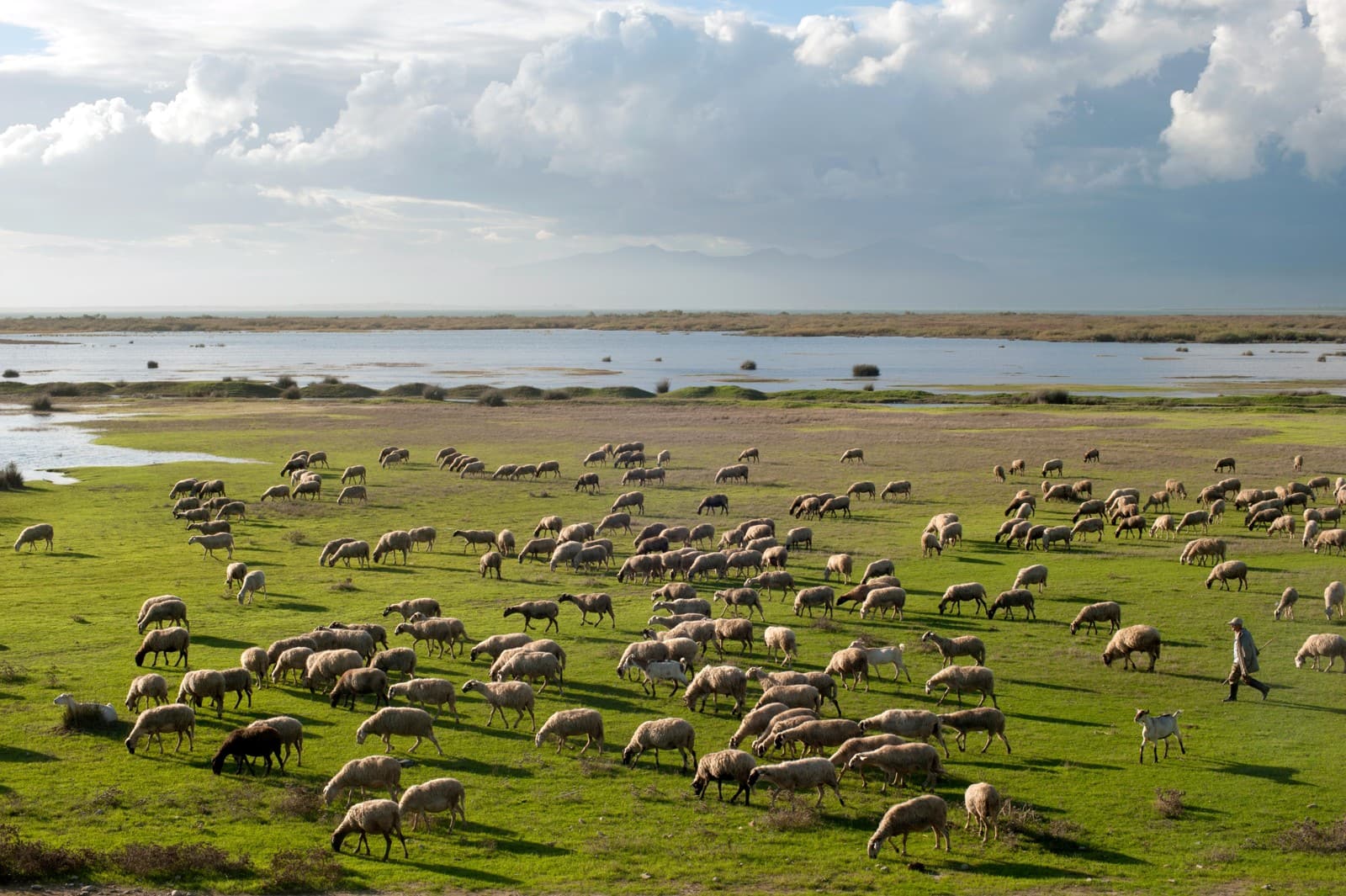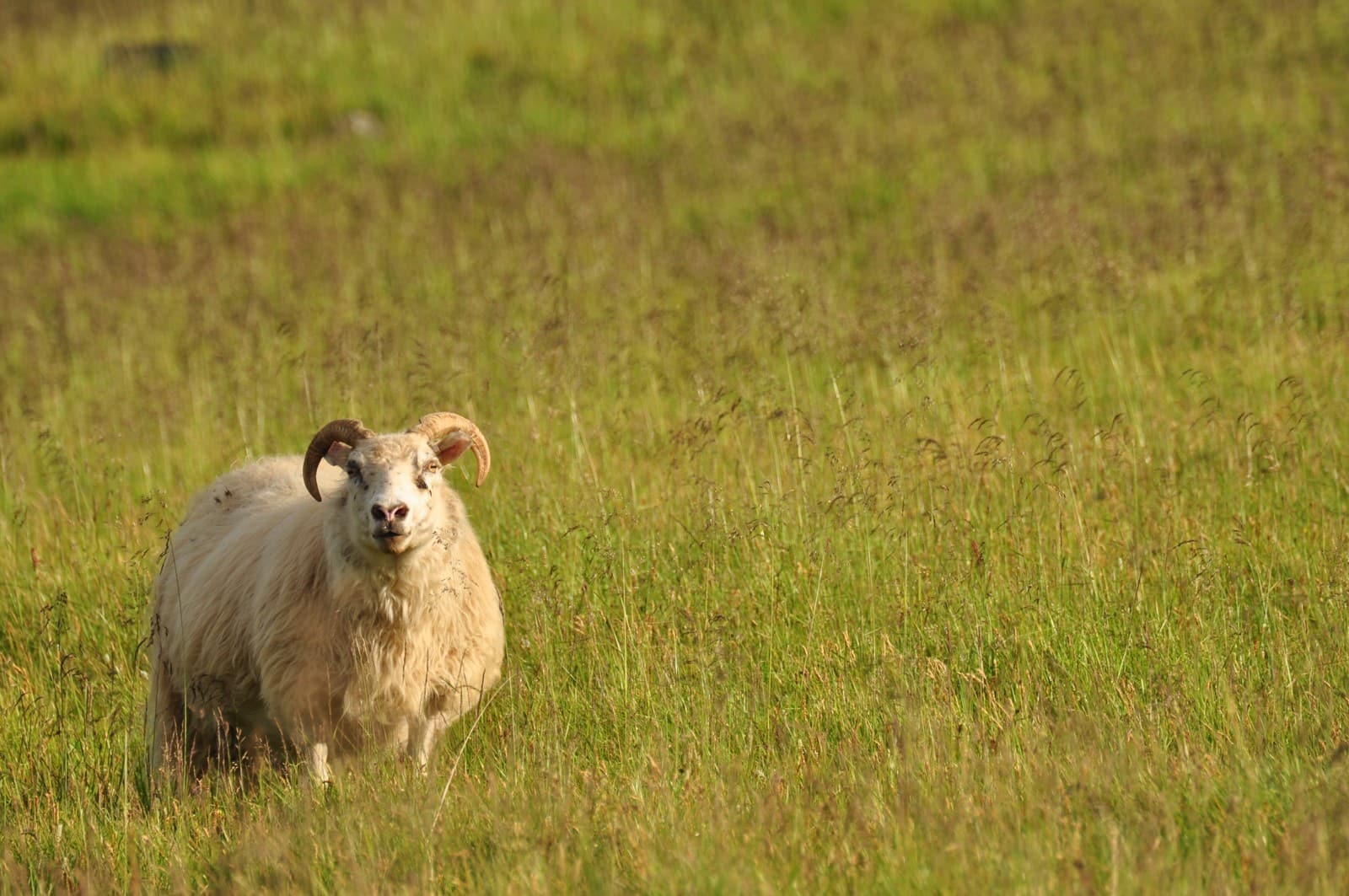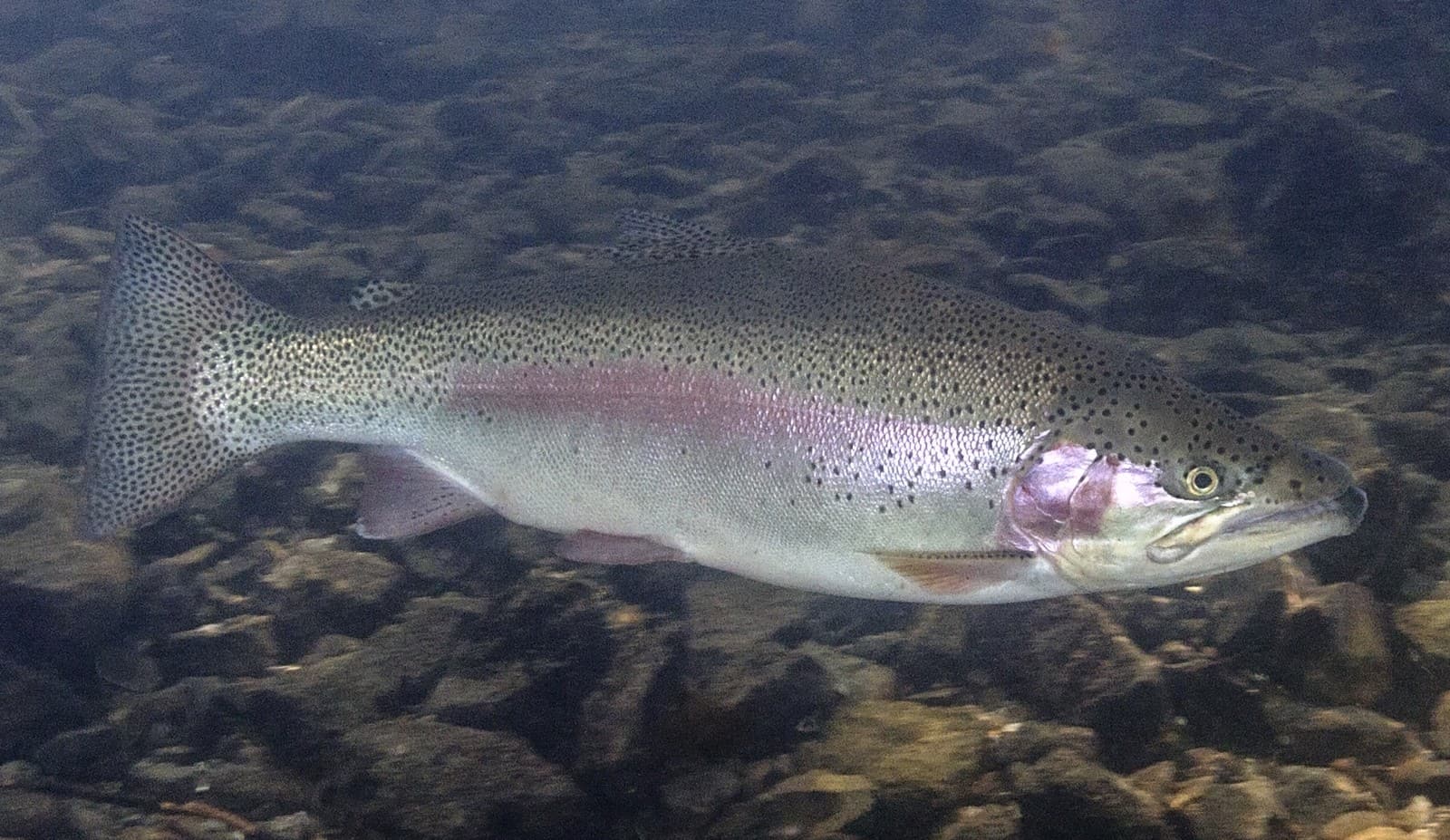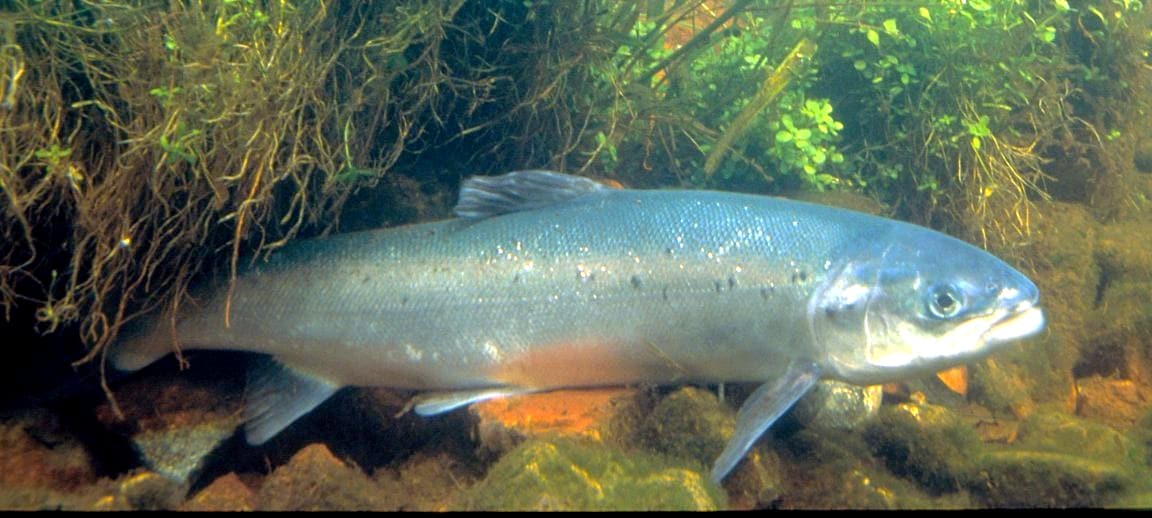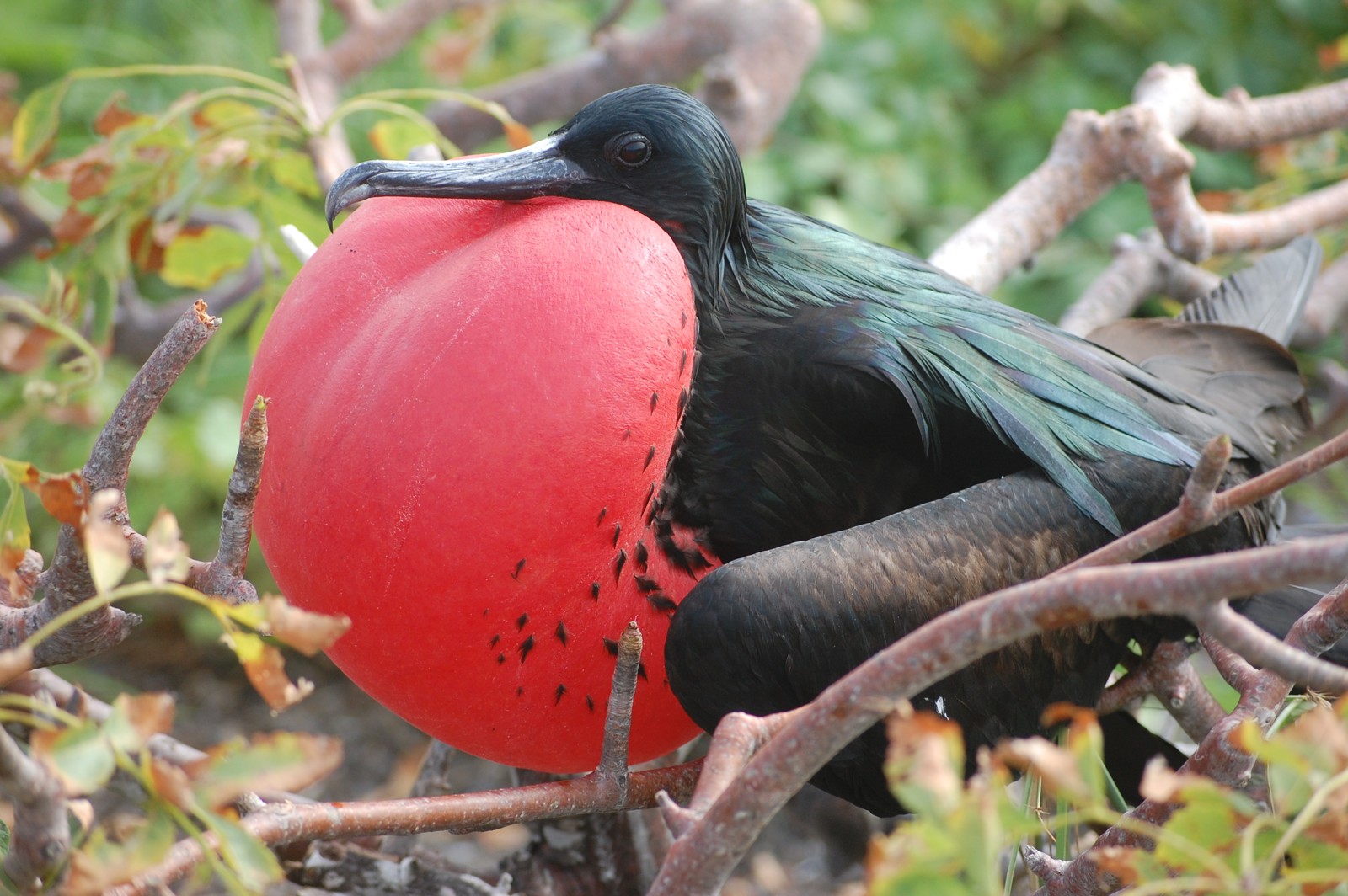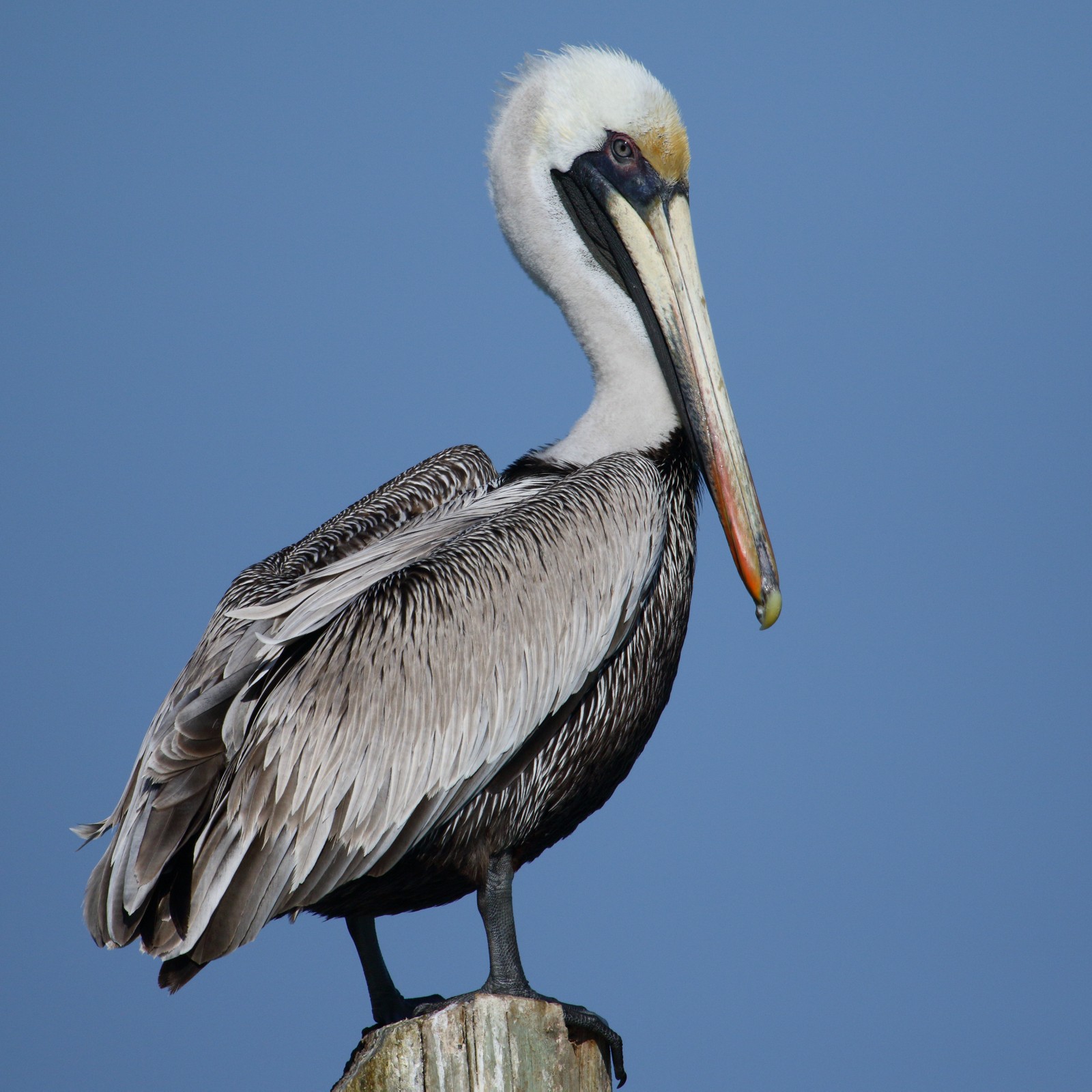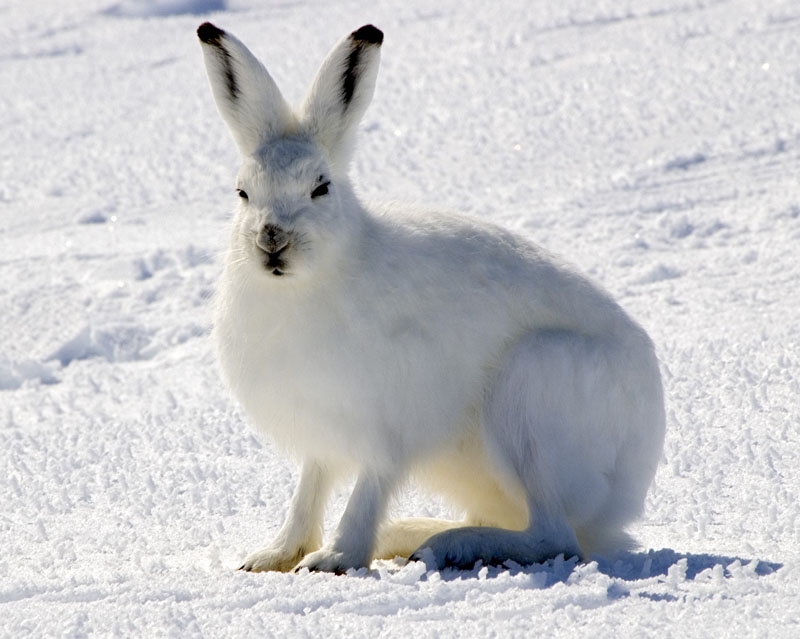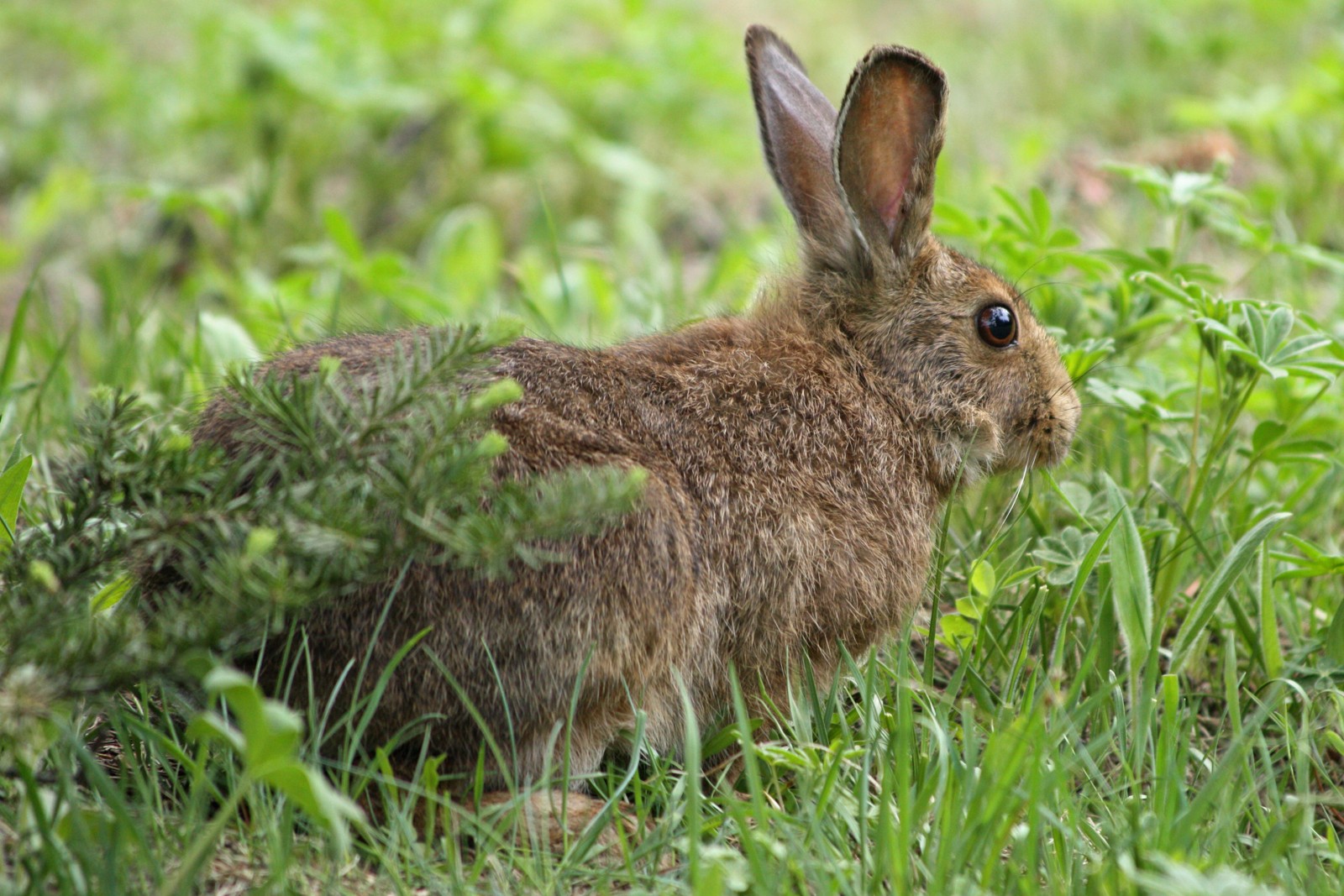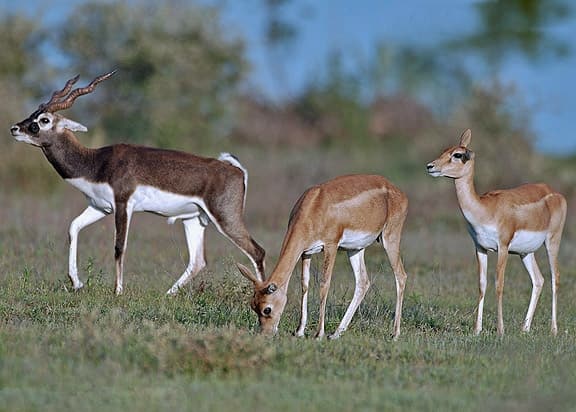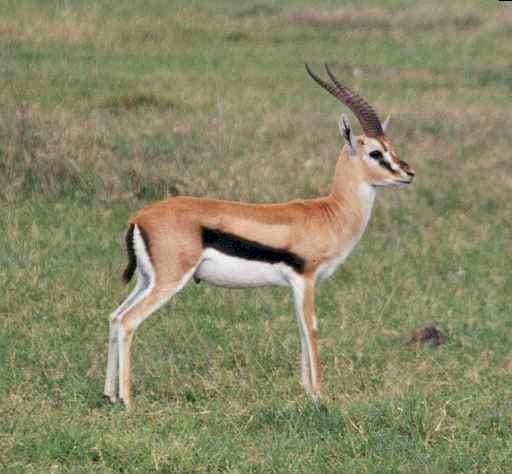Sheep vs Goat: A Complete Comparison
While sheep and goats might appear similar at first glance, these common farm animals have distinct characteristics that set them apart. The most notable difference lies in their behavior: sheep are flock-oriented grazers that prefer grass, while goats are independent browsers that favor woody plants and shrubs. Adult sheep typically weigh 100-350 pounds (45-160 kg), compared to goats ranging from 45-300 pounds (20-135 kg).
Understanding the sheep vs goat comparison helps farmers, hobbyists, and animal enthusiasts make informed decisions about livestock management. These differences extend beyond size and diet to include crucial variations in behavior, physical characteristics, and care requirements.
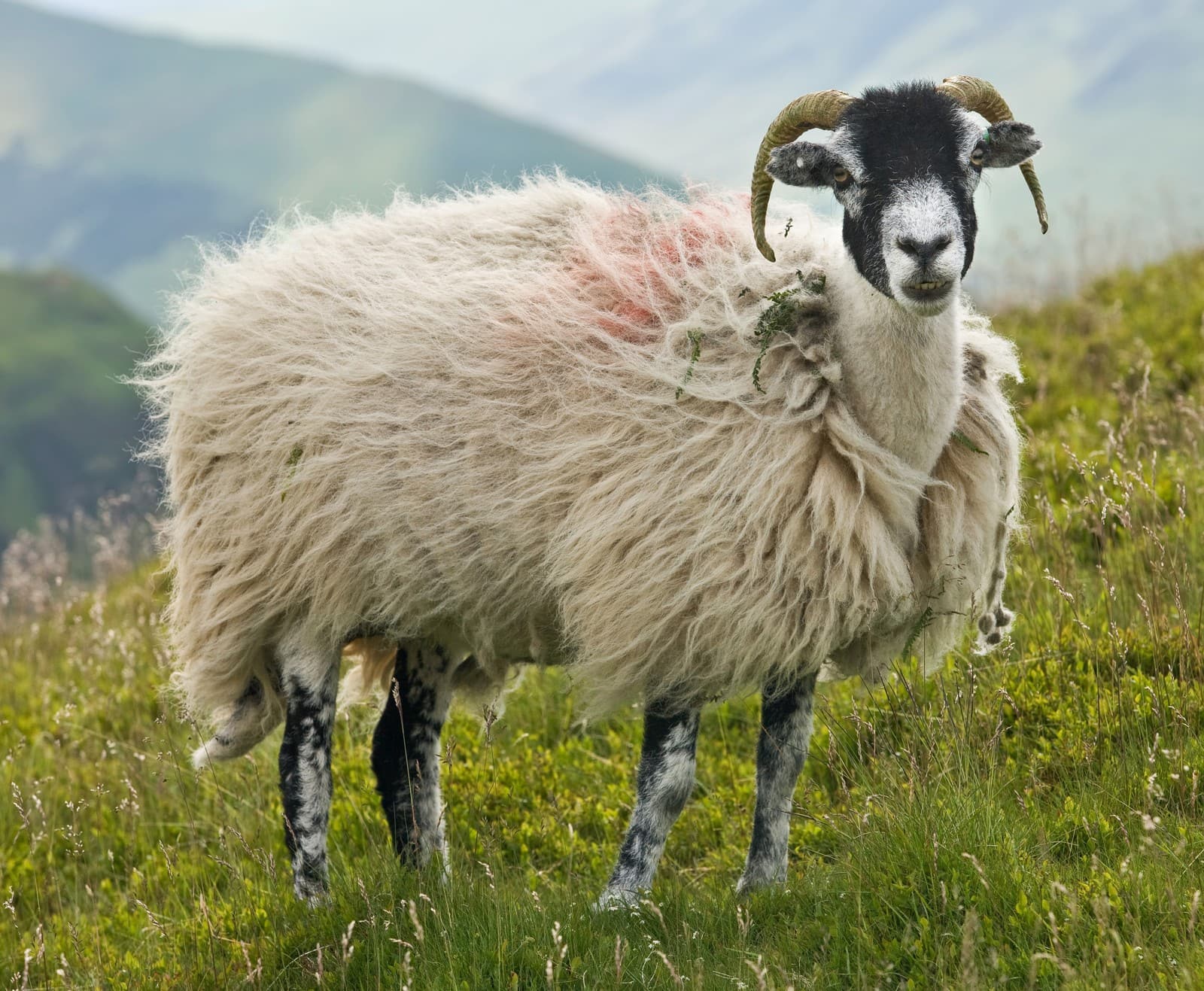
© User:Diliff / CC BY-SA 3.0
The Scottish Blackface sheep exemplifies typical ovine characteristics, including a woolly coat and stocky build adapted for grazing pastures. Notice the distinctive downward-pointing ears and thick fleece - key features that distinguish sheep from goats.
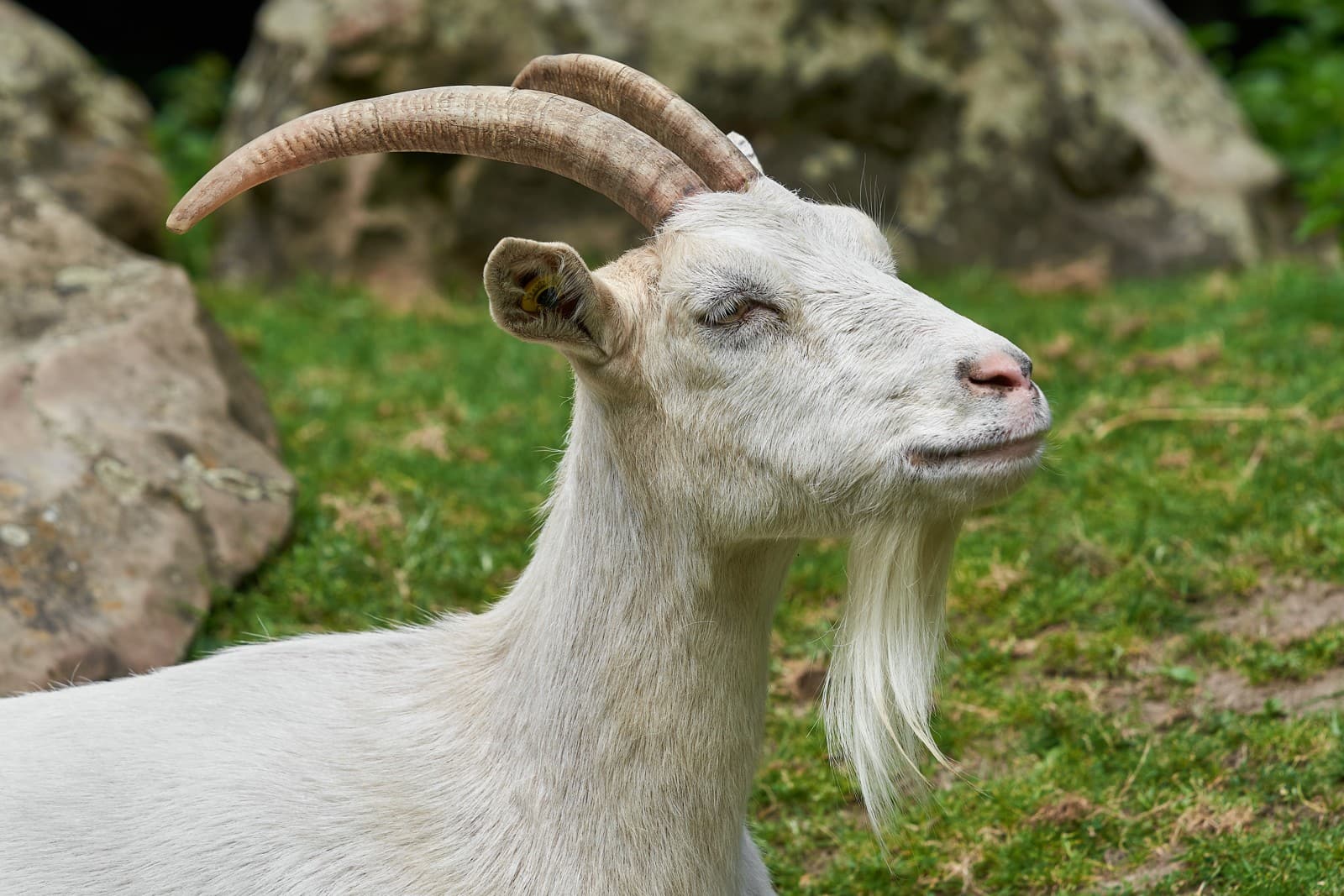
© Anil Öztas / CC BY-SA 4.0
This domestic goat displays characteristic caprine features, including upright ears, a beard, and straighter facial profile. The horns curve backward rather than to the side, a typical goat trait that differs from sheep.
Key Differences: Sheep vs Goat Comparison
| Feature | Sheep | Goat |
|---|---|---|
| Coat Type | Wool that requires shearing | Hair that sheds naturally |
| Tail Position | Hangs down naturally | Stands upright |
| Grazing Behavior | Grazers preferring grass | Browsers preferring woody plants |
| Social Structure | Strong flocking instinct | More independent |
| Facial Profile | Rounded, convex face | Straight or concave face |
| Horn Type | Curved around ears | Swept back and upward |
Behavior and Temperament
Sheep and goats exhibit markedly different behavioral patterns. Sheep are known for their strong flocking instinct, typically staying together for protection against predators. They prefer familiar routines and can become stressed when separated from their flock. In contrast, goats display more independent and curious behavior, often exploring their environment and showing less dependence on group dynamics.
Dietary Preferences and Digestion
The dietary habits of sheep vs goat species reveal significant differences:
- Sheep primarily graze on grass and ground-level vegetation
- Goats prefer to browse on leaves, twigs, and bark
- Sheep have more sensitive digestive systems
- Goats can digest a wider variety of plant materials
- Sheep typically avoid eating plants close to their droppings
- Goats show less selective feeding behavior
Physical Characteristics
Head and Face Structure
Sheep typically have a more rounded, convex face profile with downward-pointing ears. Their eyes tend to be positioned more to the sides of their head. Goats, conversely, have straighter facial profiles with upright ears and forward-facing eyes.
Body Composition
Adult sheep generally have stockier builds with more meat and fat distribution. Goats maintain leaner bodies with less fat storage, even when well-fed. The average sheep carries 25% more body fat than a goat of similar size.
Who Would Win: Sheep vs Goat Combat Analysis
While neither species is naturally aggressive, comparing their physical capabilities reveals interesting insights:
- Ram (male sheep) head-butting force: 800 pounds (363 kg)
- Buck (male goat) head-butting force: 720 pounds (327 kg)
- Sheep advantage: Greater body mass and impact force
- Goat advantage: Superior agility and climbing ability
In a theoretical confrontation, a ram would likely overpower a buck due to greater mass and impact force, though such conflicts rarely occur in natural settings.
Care and Management Differences
Successful livestock management requires understanding distinct care requirements:
- Sheep need regular shearing; goats shed naturally
- Goats require more robust fencing due to climbing abilities
- Sheep have higher copper sensitivity than goats
- Goats need more varied terrain for natural behaviors
- Sheep generally require less individualized attention
- Goats demonstrate higher resistance to internal parasites
Economic Value and Products
Both species provide valuable products, but with different emphases:
Sheep Products:
- Wool (primary fiber product)
- Lamb meat (higher market value)
- Sheep milk (less common)
Goat Products:
- Mohair/cashmere (specialty breeds)
- Chevon (goat meat)
- Goat milk (higher production volume)
Understanding these sheep vs goat differences helps farmers and hobbyists make informed decisions about which species better suits their needs and capabilities.
